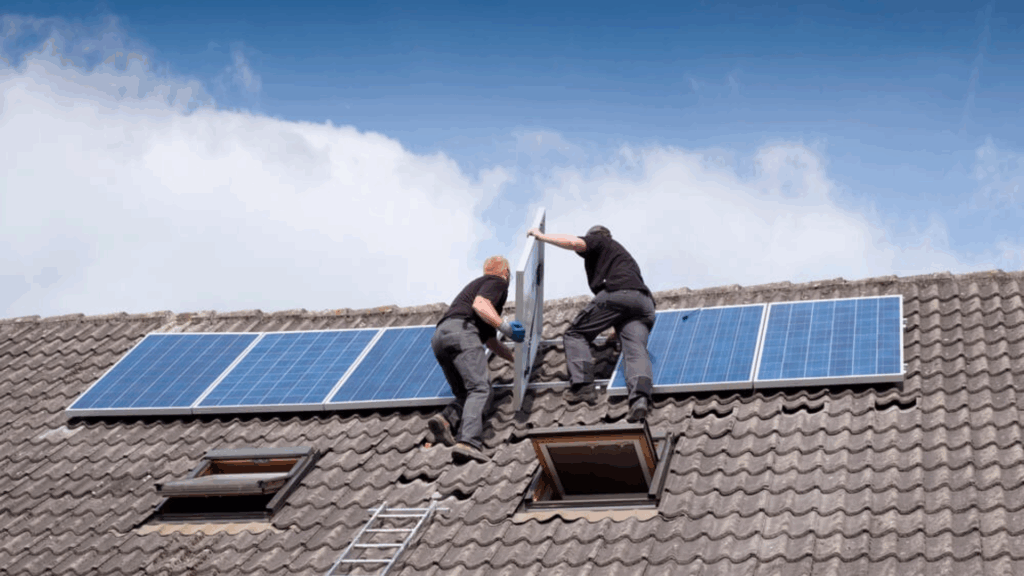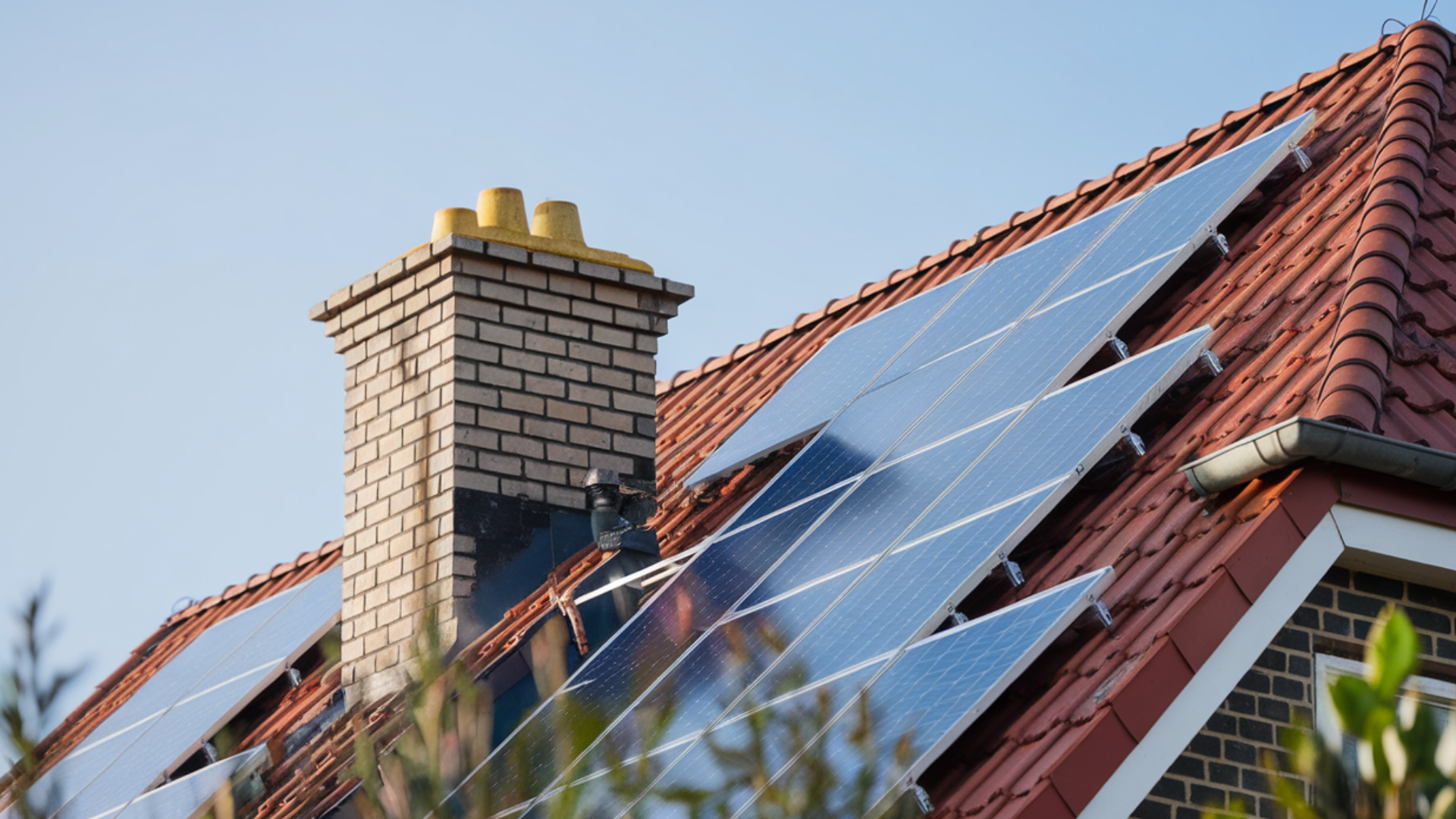When I first considered getting solar panels, the potential savings were exciting, but I couldn’t shake the worry about roof damage. Drilling into the roof sounded risky.
What if it leaked or caused long-term issues?
Since the roof protects everything inside the home, I knew I had to be cautious. I took time to research and speak with experienced installers.
Most problems tend to stem from poor planning or inexperienced installation, not the solar panels themselves. A thorough roof inspection beforehand, along with choosing a well-reviewed and reputable contractor, can make all the difference.
Taking these extra steps helps ensure the long-term benefits of solar energy without compromising the roof’s integrity.
In this article, I’ll share the most common roofing issues caused by solar panel setups, what leads to them, and how you can avoid them by making wise, informed choices.
What Can Go Wrong When You Add Solar Panels?
Before installation, it’s essential to understand what could potentially go wrong. Most issues arise from poor planning or subpar workmanship, rather than the panels themselves. These are some of the most common risks:
1. Roof Leaks
One of the most frequent concerns is water leakage. If the mounting brackets aren’t sealed correctly or if flashing is skipped, water can seep through the small openings.
Over time, this moisture can cause mold, rot, or even damage your ceiling. What makes this worse is that leaks often don’t show up immediately; they usually appear after a storm or months later.
In my case, I avoided this problem by confirming that my installer followed best practices for flashing and sealing.
2. Warranty Issues
Roofing manufacturers often void warranties if third-party work alters the structure without permission.
I contacted my roofing company before installing solar and asked them to confirm whether the process would void any warranties.
I also got the installer to provide a workmanship guarantee of their own. This step made me more comfortable about moving forward.
3. Structural Pressure
Solar panels add extra weight to your roof. While that weight is manageable on newer homes, older roofs or ones already showing signs of wear might not handle the load well.
My roof was over 15 years old, so I had it evaluated to ensure it could bear the additional load.
In some cases, it may be smarter to replace the roof before installing panels, especially if you’re nearing the end of its expected lifespan.
What Causes These Roofing Issues?

Knowing what leads to roof damage is key to preventing it. Many of the issues homeowners experience are preventable if you understand the root causes.
1. Inexperienced Installers
Not all installers are the same. Some crews lack roofing experience and treat the job as a basic mounting project, overlooking the crucial importance of the roof’s integrity.
Common mistakes include poor sealing, skipping flashing, and overtightening bolts, which can damage shingles. I ensured that I went with a contractor who specializes in residential roofing installations, not just solar.
Their extra attention to detail reassured me that they knew how to work around delicate roofing structures.
2. Overlooking Roof Condition
One significant error is installing solar panels on a roof that’s already nearing the end of its lifespan.
This can lead to the need for a complete system removal to fix shingles, which adds unnecessary costs and risks of damaging the panels.
Before I installed solar panels, I had a roofing expert inspect for weak spots and areas of aging. They recommended minor repairs before proceeding, which helped ensure the roof would last as long as the solar system.
3. Incompatible Hardware
Roofs come in many forms, tile, shingle, metal, and flat, and each type requires different mounting hardware. Using universal or non-specific brackets can lead to leaks or even cracks.
Since I have a tile roof, my installer used replacement tiles with integrated mounting systems.
These matched the roof’s design and provided a more secure fit. If they had used standard brackets, my roof might’ve been damaged within the first year.
How to Protect Your Roof Before and After Solar Installation?
If you’re planning to go solar, these are the key steps I took to protect my roof and why I believe they made all the difference.
Get a Professional Roof Inspection
- Don’t skip this step: A roofing professional can assess your roof’s lifespan, spot soft spots, and recommend necessary repairs.
- My experience: The inspection revealed cracked tiles and worn flashing, which I fixed before installation to avoid future problems.
Choose a Certified and Trusted Installer
- Experience matters: Opt for a company with strong customer feedback and certifications.
- Key questions: Ask about flashing types and how they handle leaks in the future.
- My take: A trustworthy contractor should be transparent, confident, and ready to explain the process.
Use Roof-Compatible Mounting Systems
- Hardware matters: Ensure the installer uses the right mounting system for your roof type. Asphalt shingles, tiles, metal, and flat roofs all need specific solutions.
- My lesson: A good installer will understand these needs and explain them clearly.
Perform Regular Inspections
- Stay proactive: Regularly check your roof, especially after storms.
- Key areas to inspect: Look for moisture or stains in the attic and check panel mounts for debris or movement.
- Why it helps: Small inspections can prevent big issues down the road.
These tips help ensure a smooth installation and maintain your roof in top condition.
Can Solar Panels Help Protect Your Roof?
It might seem surprising, but solar panels can protect parts of your roof.
They shield the areas they cover from direct exposure to sunlight, rain, snow, and hail. I’ve noticed that the sections beneath my panels appear newer and show noticeably less wear compared to the parts that remain exposed.
By acting as a physical barrier, the panels reduce UV exposure, which is a primary contributor to roofing material degradation over time.
This reduced exposure can help maintain the color and texture of shingles or tiles.
Additionally, in regions with intense sun or frequent hail, the panels serve as a buffer, taking the impact while keeping the roof underneath intact.
Of course, this benefit depends entirely on proper installation and ongoing maintenance. If panels are not securely fastened or water pools around the mounts, they can cause more harm than good.
So while roof protection isn’t the primary goal of solar panels, it’s a practical side effect, especially when your system is installed and maintained the right way.
Conclusion
Now that I’ve had solar panels on my roof for a while, I can confidently say it was the right choice.
Because I approached it with care, my research showed that roof damage occurs when corners are cut or when installers fail to follow the proper process.
I avoided those problems by getting a roof inspection, working with an experienced installer, and staying involved during each step. The result?
A fully functioning solar system and a roof that’s still in excellent condition. I also do annual inspections and quick checks after storms, which helps me catch any minor issues before they become serious.
Going solar doesn’t have to mean putting your home at risk.
If you take the time to do it right, you can enjoy the benefits of renewable energy while keeping your home safe and sound.

